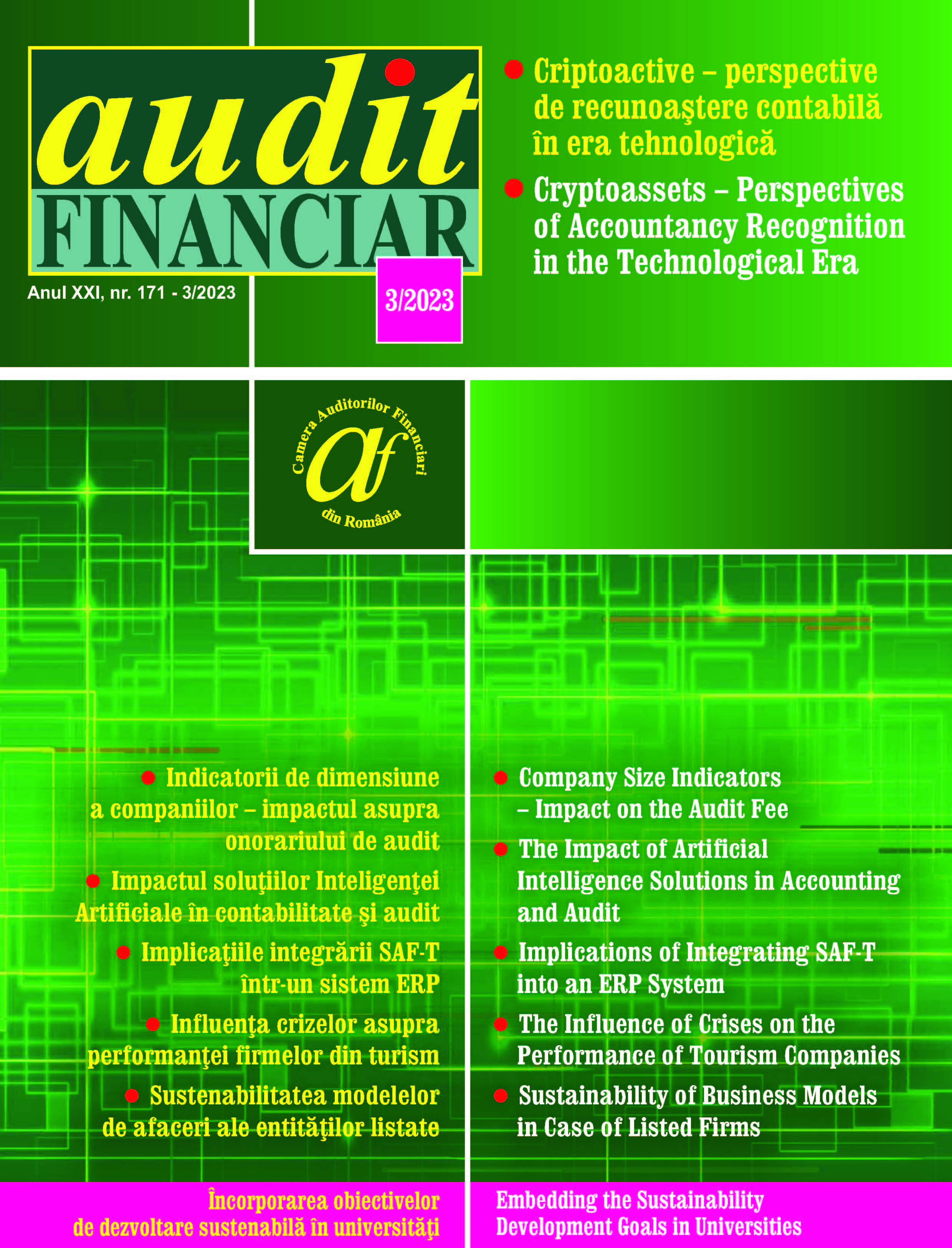Implicatiile integrarii SAF-T intr-un sistem ERP
Implications of Integrating SAF-T into an ERP System
Author(s): Casiana Maria Darie, Bogdan-Stefan Ionescu, Viorica BragăSubject(s): Economy, Accounting - Business Administration, Business Ethics
Published by: Camera Auditorilor Financiari din România
Keywords: SAF-T; implementation; ERP; advantages; disadvantages; statement;
Summary/Abstract: The integration of SAF-T (Standard Audit File for Tax) into an ERP system helps companies improve their tax operations by simplifying tax reporting, increasing operational efficiency, legal compliance and data quality. In addition, SAF-T integration can help companies optimize their processes and correct their workflow, leading to greater efficiency and better data visibility. It is important for all companies to ensure that the accounting system they use is compatible with the SAF-T format and that the implementation is done correctly. Therefore, the long-term benefits may outweigh the costs and risks involved, as evidenced by the data collected using the questionnaire. The purpose of this research is to provide a good understanding of the implications associated with the integration of SAF-T into an ERP system, so that companies can make informed decisions about the implementation of this solution. The questionnaire conducted on a number of significant respondents led to the achievement of the set objective. Concurrently, the advantages and disadvantages observed for all involved parties were pursued: companies, suppliers, and tax administrations, thus outlining a clear picture of the requirements to which taxpayers must respond from the beginning of year 2022.
Journal: Audit Financiar
- Issue Year: 21/2023
- Issue No: 3(171)
- Page Range: 499-510
- Page Count: 12
- Language: English, Romanian

